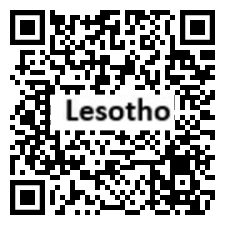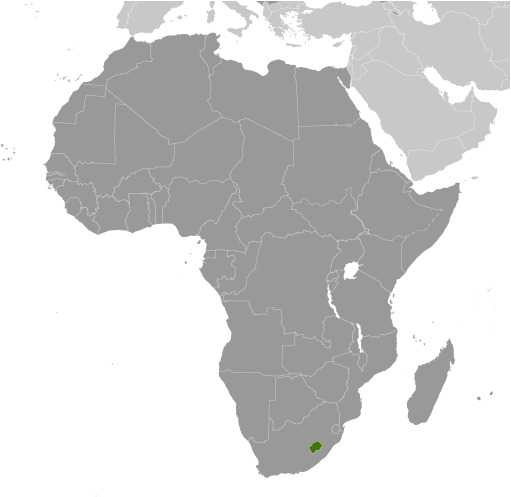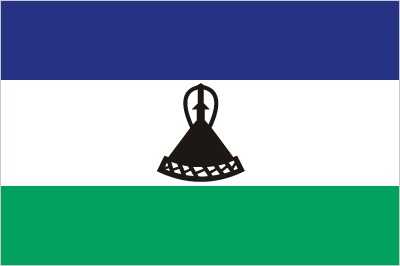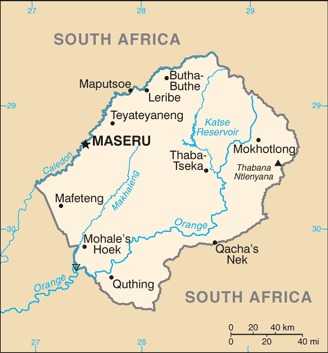Introduction
Background
Basutoland became Lesotho after gaining independence from the UK in 1966. Constitutional reforms in the late 1990s restored relative political stability.
Geography
Area
total : 30,355 sq km
land: 30,355 sq km
water: 0 sq km
Climate
temperate; cool to cold, dry winters; hot, wet summers
Natural resources
water, agricultural and grazing land, diamonds, sand, clay, building stone
People and Society
Population
total: 2,227,548
Ethnic groups
Sotho 99.7%, other 0.3% (includes Kwena, Nguni (Hlubi and Phuthi), Zulu)
Languages
Sesotho (official), English (official), Phuthi, Xhosa, Zulu
Religions
Protestant 47.8% (Pentecostal 23.1%, Lesotho Evangelical 17.3%, Anglican 7.4%), Roman Catholic 39.3%, other Christian 9.1%, non-Christian 1.4%, none 2.3% (2014 est.)
Population growth rate
0.76% (2024 est.)
Government
Government type
parliamentary constitutional monarchy
Capital
name: Maseru
Executive branch
chief of state: King LETSIE III (since 7 February 1996)
head of government: Prime Minister Ntsokoane Samuel MATEKANE (28 October 2022)
Legislative branch
summary: bicameral Parliament consists of the Senate (33 seats) and the National Assembly (120 seats)
Diplomatic representation in the US
chief of mission: Ambassador Tumisang MOSOTHO (since 16 September 2022)
Diplomatic representation from the US
chief of mission: Ambassador Maria E. BREWER (since 10 March 2022)
Economy
Economic overview
lower middle-income economy surrounded by South Africa; environmentally fragile and politically unstable; key infrastructure and renewable energy investments; dire poverty; urban job and income losses due to COVID-19; systemic corruption
Real GDP (purchasing power parity)
$5.868 billion (2023 est.)
$5.816 billion (2022 est.)
$5.742 billion (2021 est.)
Real GDP per capita
$2,500 (2023 est.)
$2,500 (2022 est.)
$2,500 (2021 est.)
Exports
$886.278 million (2023 est.)
$1.07 billion (2022 est.)
$1.082 billion (2021 est.)
Exports - partners
South Africa 37%, US 28%, Belgium 19%, UAE 6%, UK 3% (2022)
Exports - commodities
garments, diamonds, water, wool, power equipment (2022)
Imports
$2.058 billion (2023 est.)
$2.244 billion (2022 est.)
$2.222 billion (2021 est.)
Imports - partners
South Africa 77%, China 6%, Taiwan 5%, Zimbabwe 4%, India 2% (2022)
Imports - commodities
refined petroleum, fabric, cotton, garments, electricity (2022)
Page last updated: Monday, September 09, 2024




